Innocents incarcerated: How the Kafkaesque nightmare of wrongful imprisonment is all too real
It is one of the worst nightmares imaginable: to be convicted of a crime you did not commit, to spend years and even to die behind bars, innocent. Believed by no one. Yet it happens all the time. What’s to stop it happening to you? Nothing, says Andy Martin
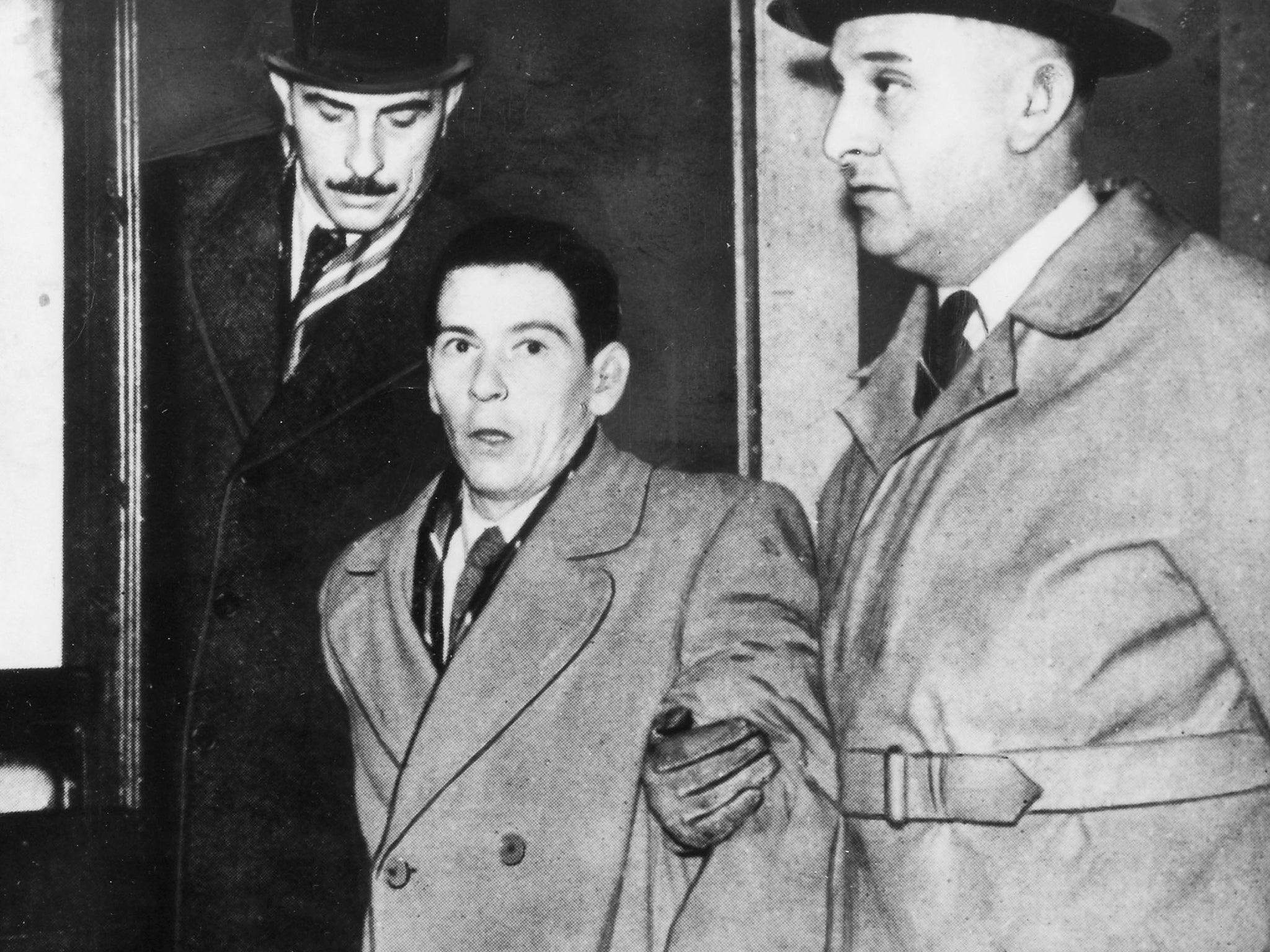
Your support helps us to tell the story
From reproductive rights to climate change to Big Tech, The Independent is on the ground when the story is developing. Whether it's investigating the financials of Elon Musk's pro-Trump PAC or producing our latest documentary, 'The A Word', which shines a light on the American women fighting for reproductive rights, we know how important it is to parse out the facts from the messaging.
At such a critical moment in US history, we need reporters on the ground. Your donation allows us to keep sending journalists to speak to both sides of the story.
The Independent is trusted by Americans across the entire political spectrum. And unlike many other quality news outlets, we choose not to lock Americans out of our reporting and analysis with paywalls. We believe quality journalism should be available to everyone, paid for by those who can afford it.
Your support makes all the difference.I was once arrested by a dog.
This was at Auckland airport, a few years back. I had just done the stupidest thing in my life – ok, one of the stupidest things – which was to fly to New Zealand for the weekend. From London. Total madness. There was some faint hint of method involved, namely that I was writing about the America’s Cup and I was going to spend the weekend on a billionaire’s yacht (my bottom line now, where yachts are concerned, is they have to have a basketball court on the back, minimum.) But still and all, it’s a hell of a long way for a weekend. Oh yeah, and I was going to squeeze in some research at a library. But still. Which explains why I was feeling just a little bit guilty when I stumbled off the plane at 6am one Saturday morning in Auckland.
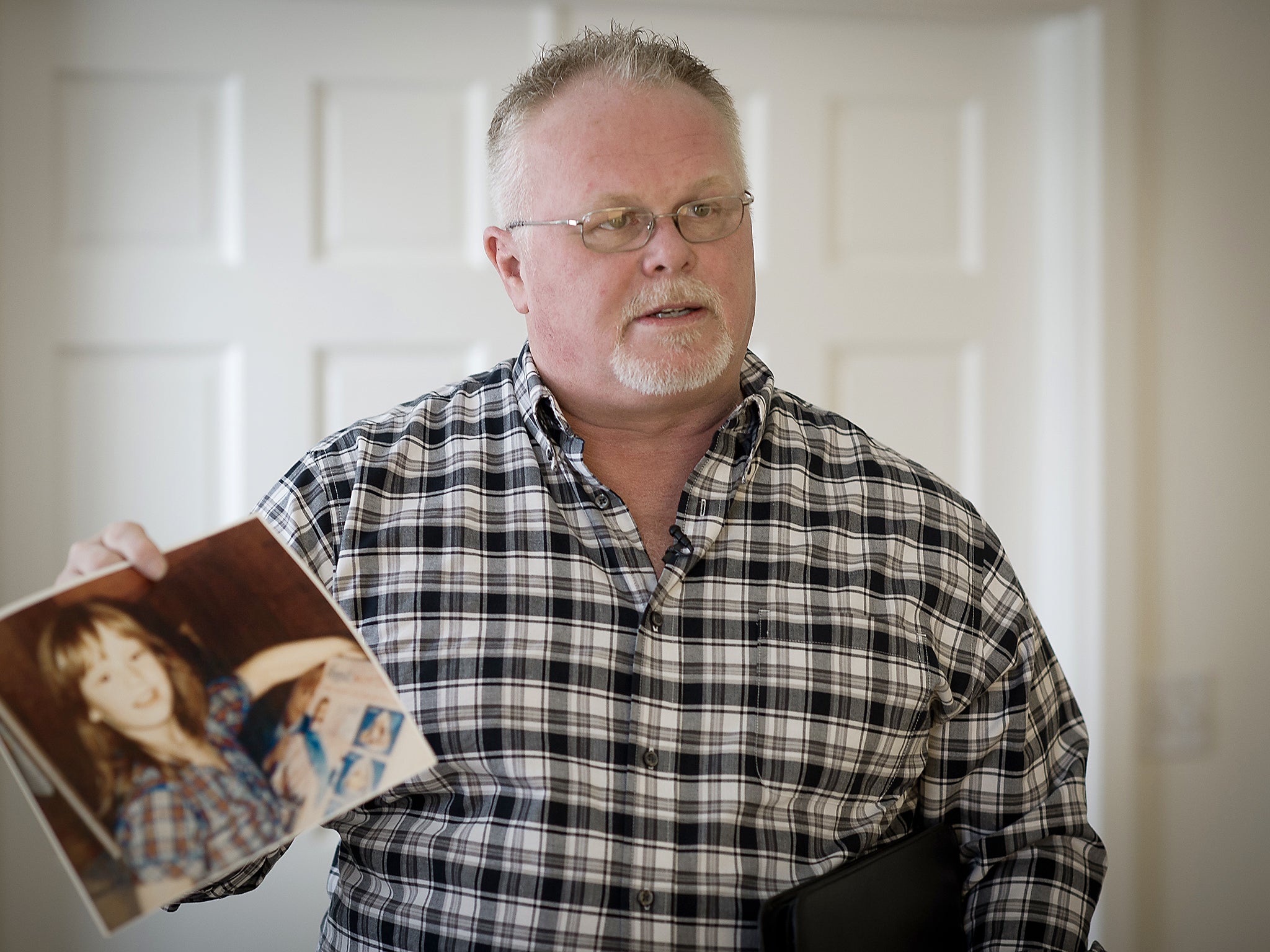
Maybe dogs can smell guilt. Bruno the police dog (a beagle) sure could. Because he came right up to me and gave me a good sniff and pointed his nose right at me, as if to say, “This is your man.” I misread the signs and thought he was just being friendly. Pretty soon I was wondering what it would be like spending a few years in a New Zealand prison. A very long weekend indeed. “Bruno never makes a mistake, sir,” says the handler. Canine infallibility combined with the “sir”. I virtually confessed right then and there. In fact I did, to the whole stupid America’s Cup deal, just not to the drugs charge.
Headline: Exposed as drugs mule. “I didn’t know I was carrying a kilo of cocaine!” They all say that, don’t they? I could already anticipate the reaction back in the UK. “I always thought there was something not quite right about that guy”, etc. Fortunately, I was clean. I had nothing. Really. About an hour or two later, when they finally let me go, they were still saying, “We know you done it, sir, we just can’t work out how.”
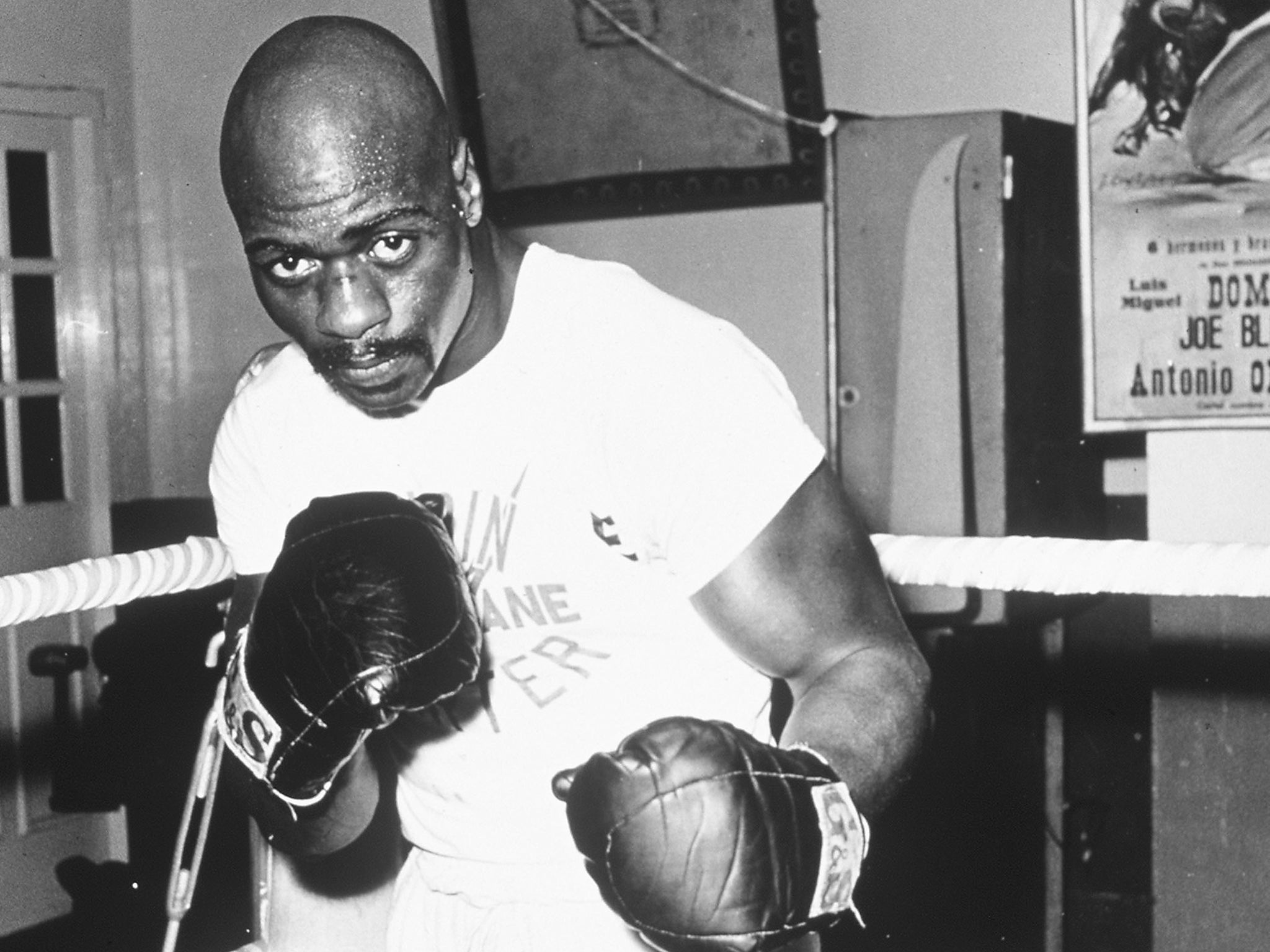
The dog didn’t believe me. His handler didn’t believe me. I dare say few people reading this believe me even now. We even have a word for it. Denial. The fact that you are denying it only proves you did it and now you’re lying about it too. The lady doth protest too much, methinks.
The fact is, I was lucky. All the kindred spirits featured in Anatomy of Innocence: Testimonies of the Wrongfully Convicted, a book that has just come out in the US, were not so lucky. They were all in the wrong place at the wrong time. They were all sniffed out by an infallible representative of the law. And they were then banged up and spent years behind bars before being exonerated. “Someone must have been spreading lies about Josef K,” wrote Franz Kafka at the beginning of The Trial, “for one morning he was arrested, though he had done nothing wrong.” Kafka wrote that over 100 years ago. And it’s still happening in America. Right now. It’s not a justice system, it’s a human sacrifice system. So long as someone gets put away for the crime we don’t really care who it is. Round up the usual suspects. Find a scapegoat, practically anyone will do. Preferably black.
Let me stress: Anatomy of Innocence is a work of NON-fiction. You wish it were fiction but it ain’t. It depicts a world populated by bent lawyers, crooked cops, cops with a penchant for torturing suspects, jailhouse snitches, prosecutors intent on getting a scalp it doesn’t matter how or who, delusional “experts”, judges and juries who just don’t care what the defendant has to say for herself. And “eye-witness” testimony that is almost always wrong. America has the highest rate of incarceration in the world. A full one third of all the women in all the prisons of the world are locked up somewhere in the United States. Nobody believes anybody any more. Unless you say you’re guilty straight off. It’s almost like original sin: everybody is automatically guilty. It’s just a question of when you get caught.

John Grisham, in The Innocent Man, his only non-fiction work, featured the case of a man who was found guilty of murder and sentenced to death on the basis of a highly suspicious dream. His guilty unconscious was enough for the cops who were determined to railroad him, come what may. Or consider the following case in Anatomy of Innocence, reported succinctly by the late Arthur Miller. In 1973, 18-year old Peter Reilly was arrested and charged with the rape and murder of his own mother. The police announced that he had made a full confession. He was duly found guilty and given life. Only when a retrial was ordered and the state attorney (and thus chief prosecutor), one John Bianchi (let him be named and forever shamed), dropped dead on the golf course was it discovered that the very same state attorney had in his file an affidavit from a eyewitness (in fact, another policeman) who knew Peter Reilly well and had seen him miles away at the other end of town at the very time the murder was taking place. Ergo, he did not commit the crime. And the whole case was hogwash. But did the prosecutor happen to mention this rather crucial alibi at any point? No, he had to die before the truth could properly come out.
I am tempted to speak of “stories” in the book. Tall tales. Incredible. But remember this – they are all true. No one would dare make this stuff up. Truth is not only stranger than fiction, it is crueller, stupider, more atrocious, more erroneous, and criminal through and through. And the people involved are real. They really spent decades inside, in solitary, on death row, knowing they were innocent and not a soul believed them. “Justice” is only seen to be done.

One of the most compelling stories in the book is that of Kirk Bloodsworth, an ex-marine. The jury found him guilty in a couple of hours flat, to cheering and applause in court. The prosecution had eye-witness testimony. There was a dead nine-year-old girl a couple of miles away. Someone must have done it. A neighbour said he didn’t much like the look of Bloodsworth. Case closed. But there is always a point in everyone’s narrative where you might have gone in another direction. The “if-only” moment. Kirk was no exception. He had a big, fat chance to go another way. And he had received a clear message, straight from the gods. Like nearly everyone who receives a message from the gods, he hadn’t taken it seriously enough at the time. The kind of “meaningful coincidence” (as Jung would say) that imaginative writers would not tolerate in fiction. And yet there it is, all over everyday life, every second of every day.
It happened in 1984, in April, when he was driving to his wedding. A few people had warned him to rethink this marriage. But he was a headstrong sort of guy and he had no doubts. So he hops in the car and drives off. But the drive takes a while and he is hungry as he crosses the bridge over the Chesapeake, taking you from Maryland to Baltimore. It’s 11.30am and the wedding isn’t until 1. So he searches around amid the clutter of his car for a snack of some kind, an uneaten pack of crisps perhaps or a packet of crackers. Which is when he comes across the fortune cookie.
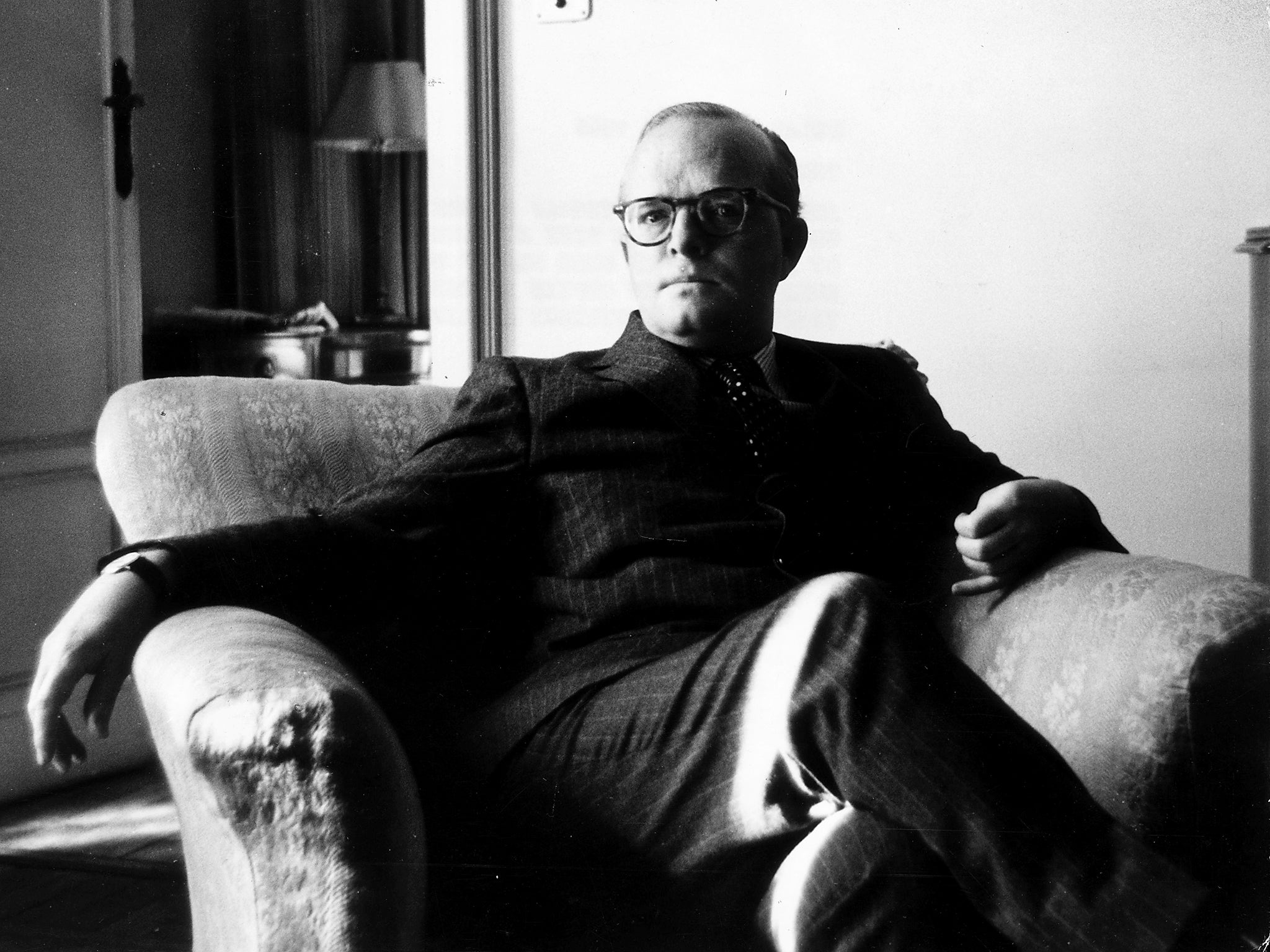
He had been given it as a parting gift at a Chinese restaurant, but he had already eaten so he wasn’t hungry right then and had just chucked it in the back of the car. He knew it would come in handy some day. Today is just that day. So he picks it up and takes the wrapping off and shoves it in his mouth and chucks the wrapping on the floor. But the traffic on the bridge has stalled and he chances to look down at the small piece of paper on which the fortune foreseen for him by his fortune cookie has been written. It is like the voice of the Delphic Oracle. But better, because there is nothing in the least enigmatic or ambiguous about the message. It is as plain as they come. “TURN AROUND”.
Just two words. Nothing fancy. Short and sweet. Kirk looks at it once, considers for a moment. He could indeed turn around right then and there, as per the recommended course of action. But he has a ring in his pocket bought from a pawnshop for $25. He doesn’t want to turn around. He doesn’t really believe the fortune cookie. No rational being would. He smiles and keeps on driving, over the bridge, following the signs for Baltimore and the absurd destiny that lies in wait for him there. But now, many years later, having emerged from death row, retrospectively redeemed by DNA evidence, he believed. He looked back and wished he had taken the cookie seriously.
Anatomy of Innocence pairs “exonerees” with leading thriller writers of the day. The “Fortune Cookie” story was told to, and finally narrated by, Lee Child, author of the Jack Reacher series, whose new paperback, Night School, is out this week.
“This innocence project is probably the most important work I’ve ever done,” says Child. I made up all the novels. They’re entertainment. This guy is real. His story really happened. I grew up in Birmingham for 18 years, so nothing much scares me. But this does.”
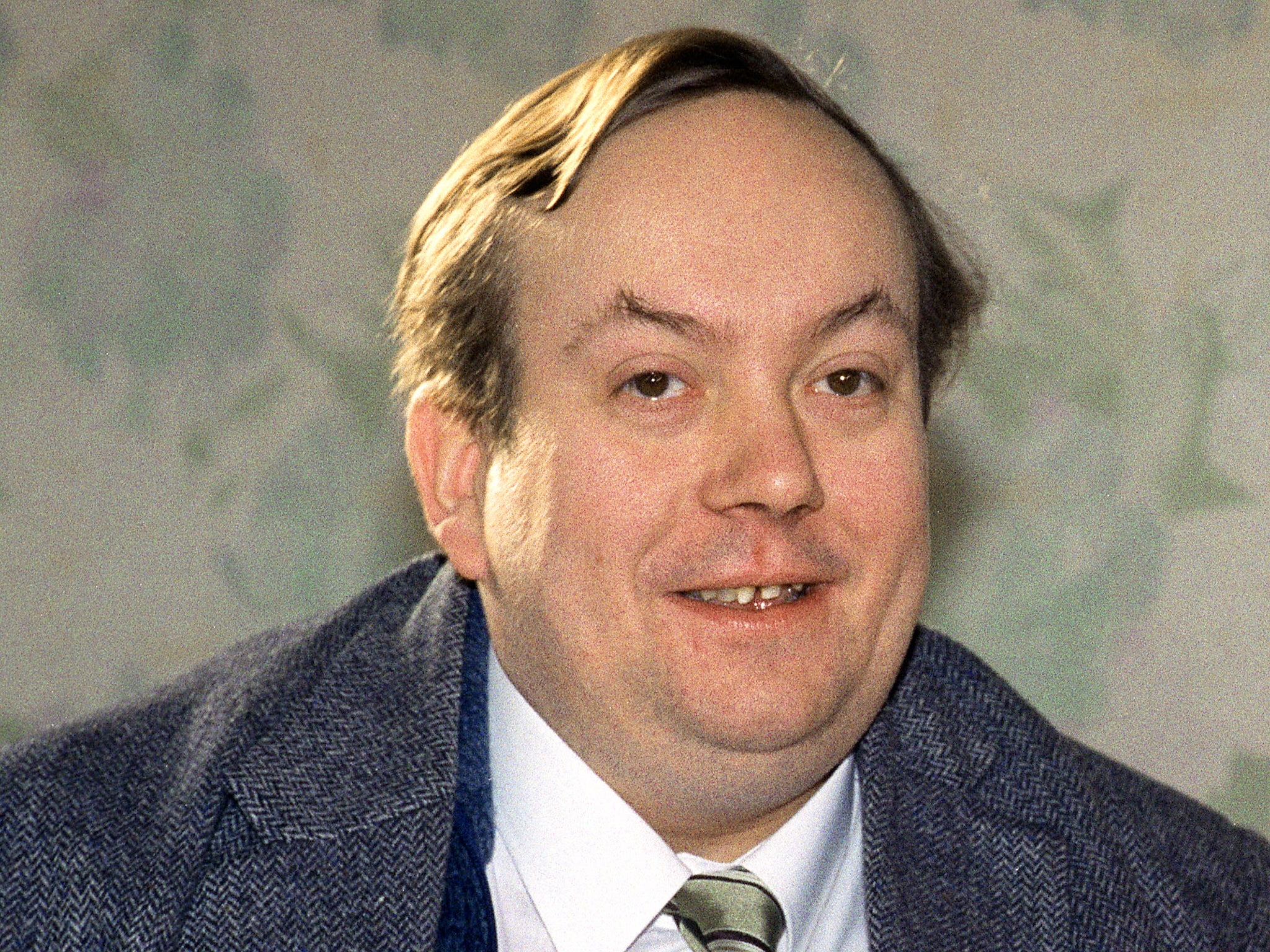
I met them both at the Barnes & Noble bookstore in Union Square, New York. Bloodsworth, with silver hair and beard, a gravelly growl of a voice, and a miraculous sense of humour, is stoical about his misfortune and says he would still like to be Jack Reacher, the tough guy vigilante hero par excellence, except that he feels he is “about 10 years too old and 100lbs too heavy”.
There is an obvious bond of mutual respect between the two men, the exoneree and the writer. And it raises the question, what is the relationship of crime writers to true crime? Writers like Norman Mailer (The Executioner’s Song) and Truman Capote (In Cold Blood) have recorded actual murders in all their absurdity and horror. On the other hand, from Edgar Allan Poe and Conan Doyle through to Lee Child and Karin Slaughter, all crime writers have also registered, in some measure, the reality of crime in our society even though their works may be fiction. But the thing that separates out the “crime” novel is that, within the space of a few hundred pages, the truth is almost invariably attained. A mystery is solved. The perpetrator is brought to justice (or, if Jack Reacher has anything to do with it, beaten to a pulp and then disposed of). In reality you’re lucky if it gets sorted out in 20 years. If ever. At the same time, the crime novel reminds reminds the reader – the juror! – that all miscarriages of justice are the result of an overly bewitching narrative. But narrative is fiction. Therefore, doubt is always reasonable.
The first Jack Reacher novel, Killing Floor, begins: “I was arrested in Eno’s diner. At 12 o’clock.” The kind of absurd nightmare of injustice that we are apt to call “Kafkaesque” remains astonishingly prevalent. One estimate, produced by the Innocence Network, puts the figure of unjust convictions at between 5 and 10 per cent. If correct, that would add up to upwards of 200,000 prisoners, almost a quarter of a million people, in jail, right now, in the US alone, who shouldn’t be there. Doing time. Possibly dying in prison. Or executed.
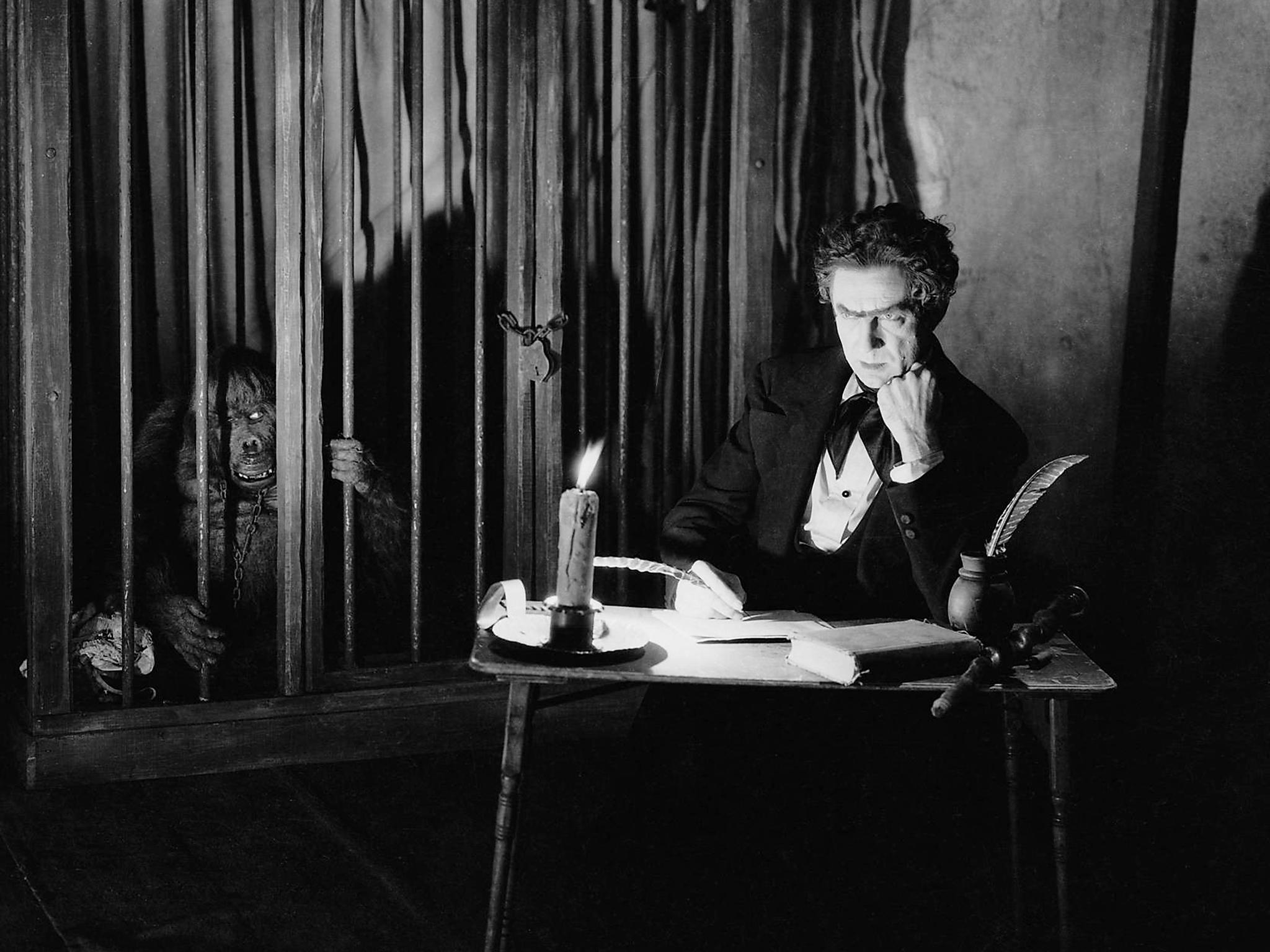
“Anyone of you could be arrested walking out of here right now,” Child says. And it could be anywhere. “It’s bad enough in the US. It’s tragic. It’s probably even worse in a lot of countries. Here it’s random. In some places in the world it’s systematic.”
The point of fiction, as Albert Camus said, is to “rectify reality”. Reality still needs a hell of a lot of rectifying.
Andy Martin is the author of ‘Reacher Said Nothing: Lee Child and the Making of Make Me’. He teaches at Cambridge University. Follow @andymartinink
‘Anatomy of Innocence: Testimonies of the Wrongfully Convicted’, edited by Laura Caldwell and Leslie S Klinger, with an introduction by Scott Turow and Barry Scheck, is published by Liveright and is available now in hardback
Join our commenting forum
Join thought-provoking conversations, follow other Independent readers and see their replies
Comments